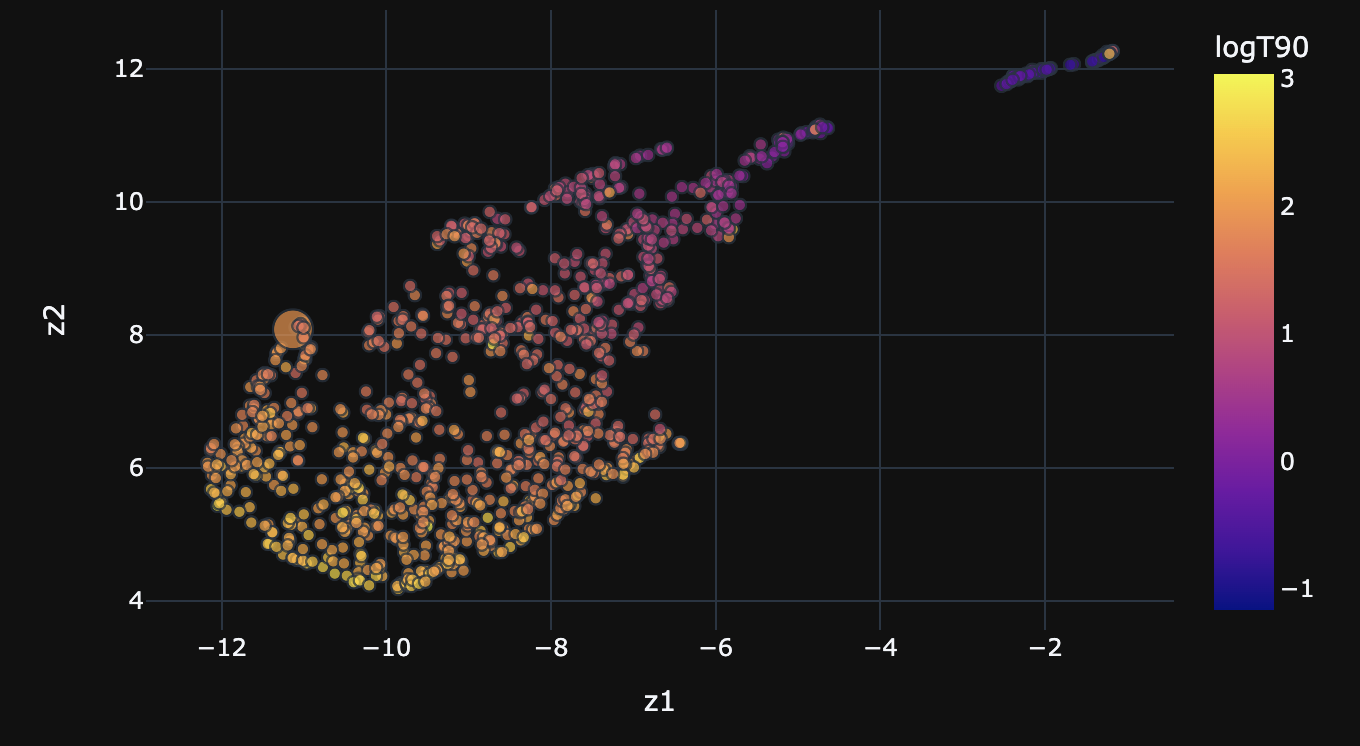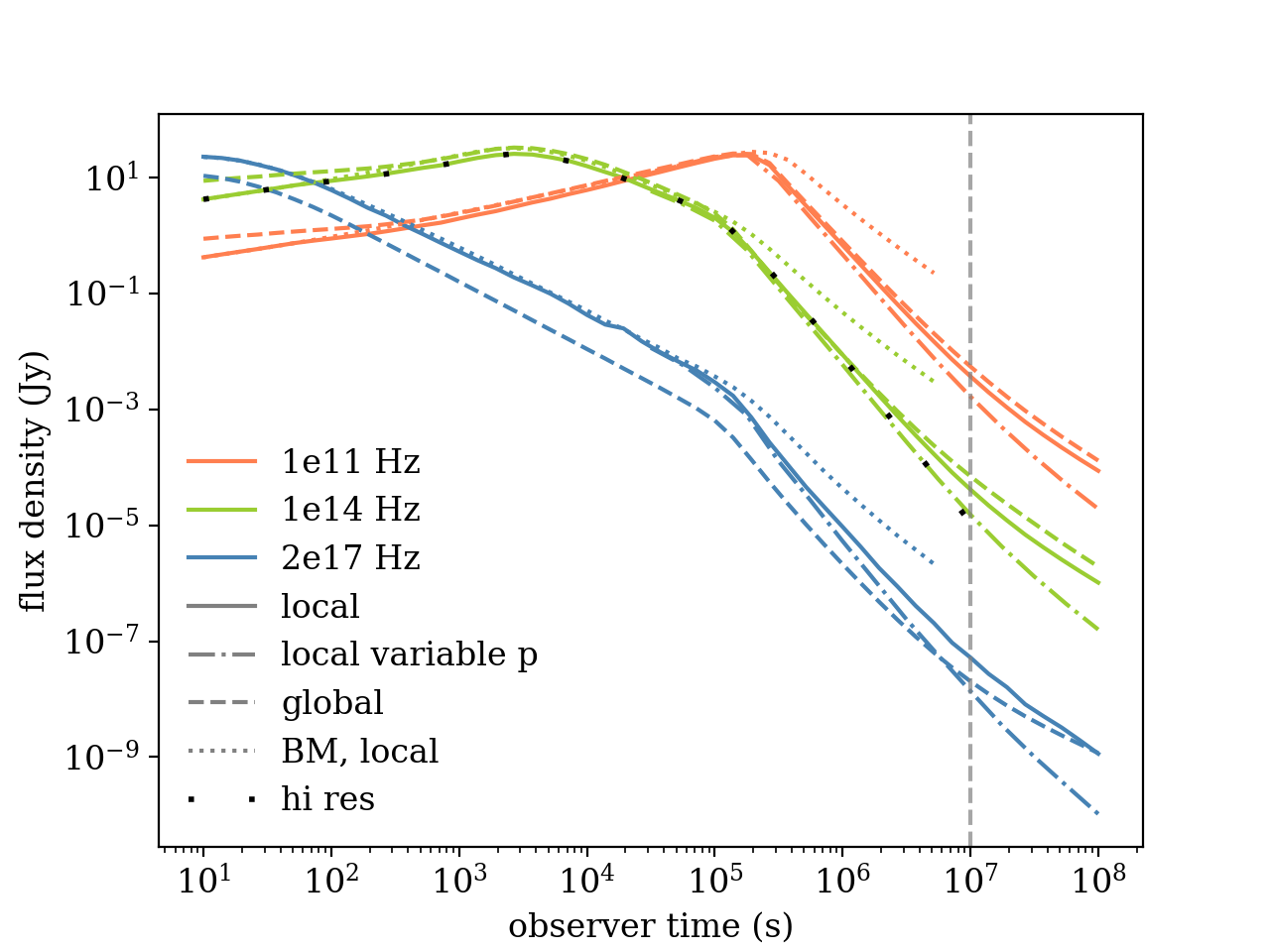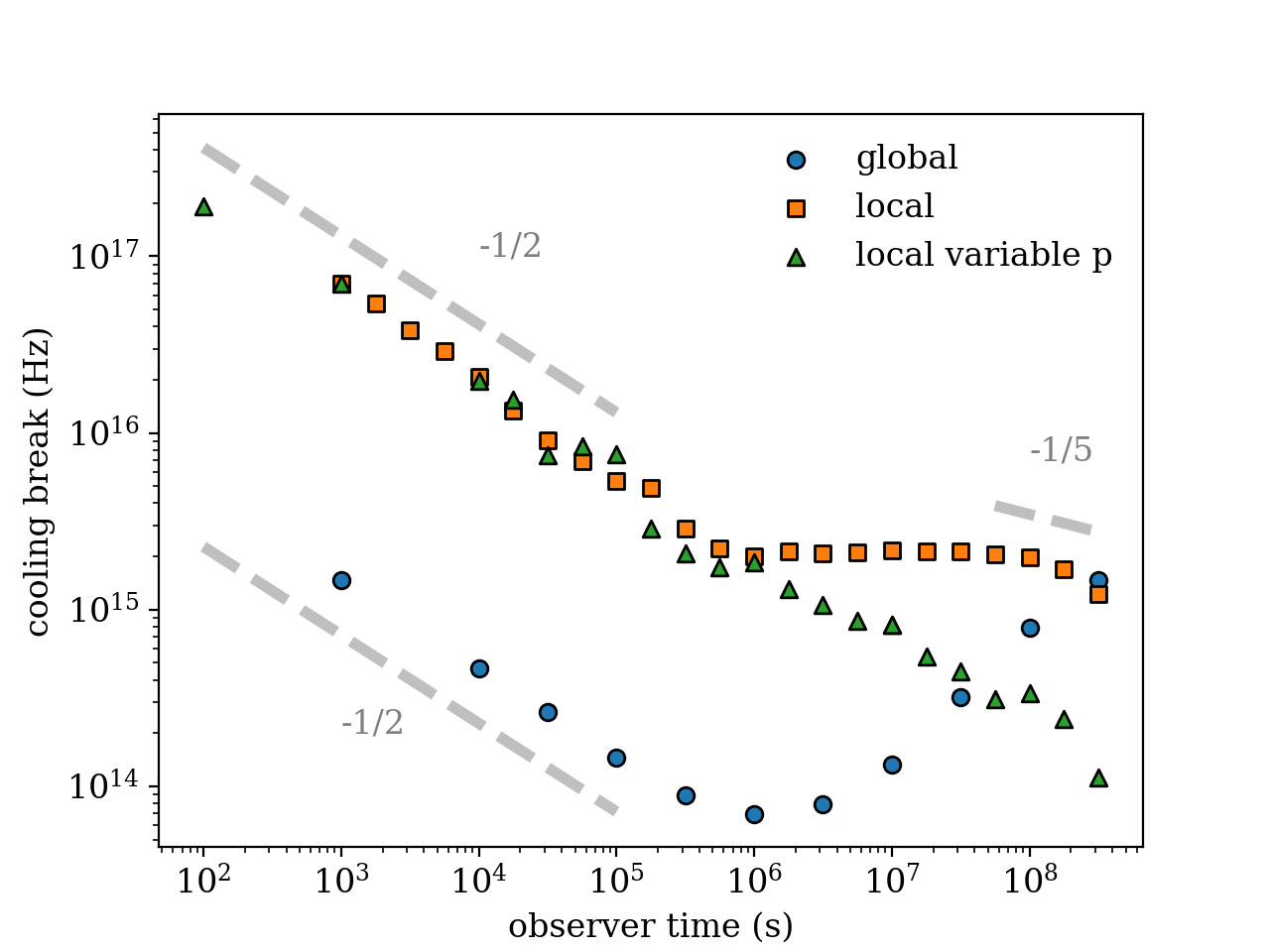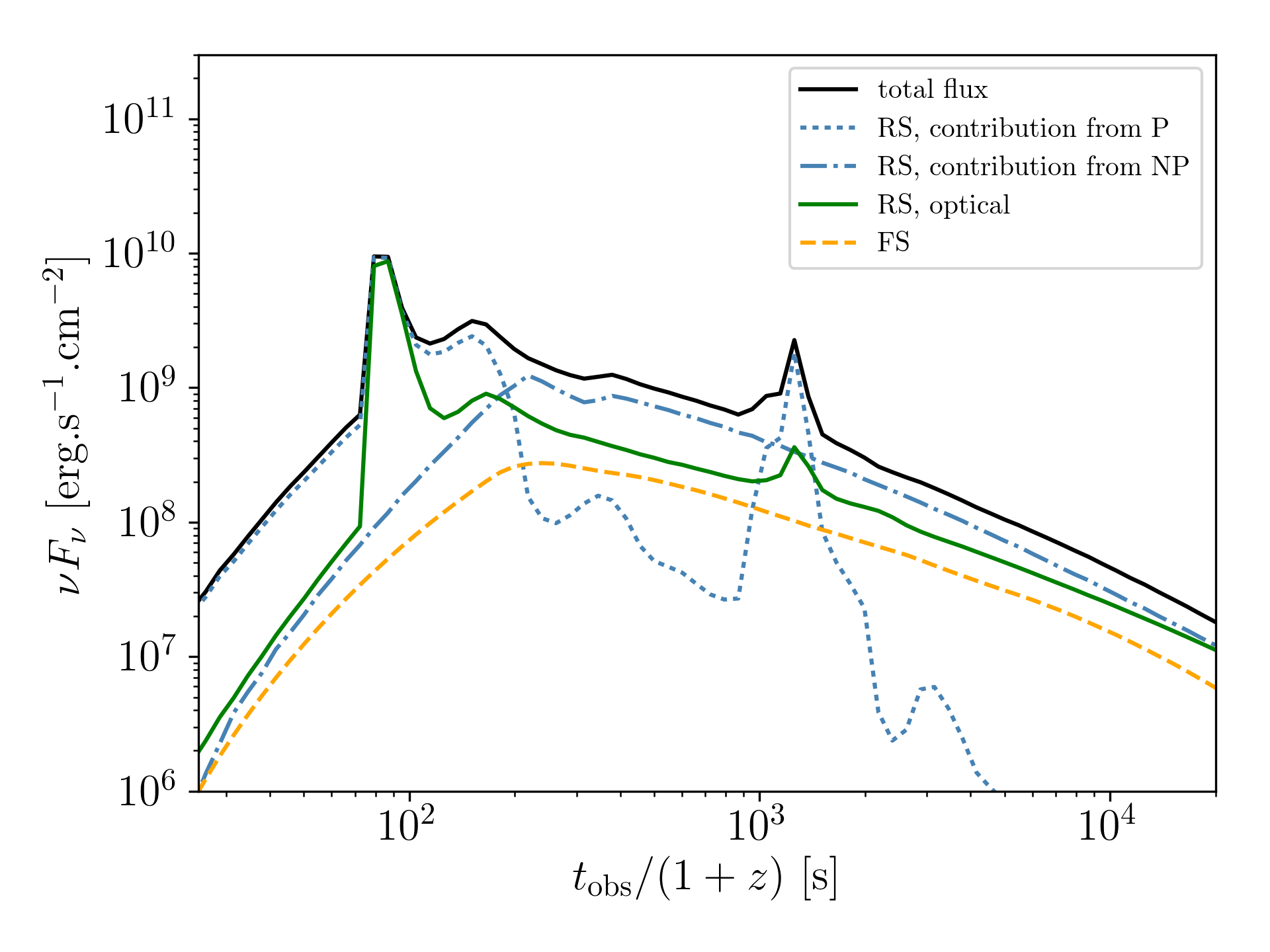Astro
NASA Astro Data SystemVoxCharta
CosmoCalc
AAS job register

Modelisation | Machine Learning | High Performance Computing
I am an experienced modeler with a background in astrophysics, harnessing complex algorithms, data and statistics, for applications in research and innovation. I have 5 years of professional experience in machine learning, data analysis and numerical simulation. I have managed research projects and developed software for “end to end” modelisation and analysis, and thrive in both specialised and interdisciplinary collaborative environments. I am always fascinated with any type of challenging mathematical problem and I find that the tools I have learned and developed in astrophysics can be applied to nearly every quantitative field.
Below you can find a non-exhaustive summary of my current and published reserach projects. Please head to my CV for a summary of my achievements.

This dashboard shows the embedding, using UMAP, of gamma-ray burst prompt light curves measured with the Neil Gehrels Swift Satellite. The unsupervised embedding separates prompt emission between long and short GRBs, while revealing previously unseen internal structure in the main clusters.

I joined the field of Astrophysics in 2014 when I carried out my first research internship at GEPI, Paris Observatory, on the automatic estimation of galaxy morphology using machine learning. Since then, as I was completing my studies, I gathered experience in various fields of Astrophysics, from observational cosmology as I worked on galaxy cluster detection at JPL, to exoplanet internal structure modeling from density measurements at Geneva Observatory. Eventually, I ended up focusing, for my Master thesis on the modeling of AGN jet morphology and behavior using special-relativistic (SR) MHD numerical simulations.
Numerical relativistic fluid dynamics are now at the center of my research as I work on improving the current approaches to modeling ultra-relativistic outflows and apply these techniques to the modeling of GRB afterglow dynamics.
Gamma-ray bursts are the most powerful explosions in the Universe. They trigger ultra-relativistic outflows that, upon impacting the external medium, produces an afterglow with complex and variable temporal features. Being able to understand these features is a key to understanding the general behavior of GRBs. Analytical solutions have been successful, but cannot capture the full emergent complexity of the flow and launching mechanism. Numerical simulations of the dynamics of these events therefore represent a useful tool to put constraints on the current models. However, capturing all features of a fluid flow at such high energies and over such a number of orders of magnitude as the ones involved in GRBs is very challenging.
In recent years, dynamical relativistic jet simulation techniques have progressed to a point where it is becoming possible to fully numerically resolve gamma-ray burst (GRB) blast-wave evolution across scales. However, the modeling of emission is currently lagging behind and limits our efforts to fully interpret the physics of GRBs. In this work we combine recent developments in moving-mesh relativistic dynamics with a local treatment of non-thermal emission in a new code: GAMMA.
The code involves an arbitrary Lagrangian-Eulerian approach only in the dominant direction of fluid motion which avoids mesh entanglement and associated computational costs. Shock detection, particle injection and local calculation of their evolution including radiative cooling are done at runtime. Even though GAMMA has been designed with GRB physics applications in mind, it is modular such that new solvers and geometries can be implemented easily with a wide range of potential applications.
In this paper, we demonstrate the validity of our approach and compute accurate broadband GRB afterglow radiation from early to late times. Our results show that the spectral cooling break shifts by a factor of ∼ 40 compared to existing methods. Its temporal behavior also significantly changes from the previously calculated temporary steep increase after the jet break. Instead, we find that the cooling break does not shift with time between the relativistic and Newtonian asymptotes when computed from our local algorithm. GAMMA is publicly available at: https://github.com/eliotayache/GAMMA.


Below: Rayleigh-Taylor instability in the contact discontinuity of GRB afterglow blast wave between the forward shock on the right and the reverse shock propagating left towards the back of the ejecta. Top panel shows pressure. Bottom panel shows rest-mass density. (Simulation by Rupert Eardley, Master Student at the University of Bath)
Late activity of the central engine is often invoked in order to explain the flares observed in the early X-ray afterglow of gamma-ray bursts, either in the form of an active neutron star remnant or (fall-back) accretion onto a black hole. However, these scenarios are not always plausible, in particular when flares are delayed to very late times after the burst. Recently, a new scenario was proposed that suggests X-ray flares can be the result of the passing of a long-lived reverse shock through a stratified ejecta, with the advantage that it does not require late-time engine activity.
In this work, we numerically demonstrate this scenario to be physically plausible, by performing onedimensional simulations of ejecta dynamics and emission using our novel moving-mesh relativistic hydrodynamics code. Improved efficiency and precision over previous work enables the exploration of a broader range of setups. We can introduce a more physically realistic description of the circumburst medium mass density. We can also locally trace the cooling of electrons when computing the broadband emission from these setups.
We show that the synchrotron cooling timescale can dominate the flare decay time if the stratification in the ejecta is constrained to a localised angular region inside the jet, with size corresponding to the relativistic causal connection angle, and that it corresponds to values reported in observations. We demonstrate that this scenario can produce a large range of observed flare times, suggesting a connection between flares and initial ejection dynamics rather than with late-time remnant activity.


We look for hidden patterns in the properties of GRBs. We trained variational autoencoders (fig. 1) on X-ray observations of 1300 GRB afterglows to search for physical patterns in the latent space.
A CNN-based autoencoder provides no evidence for latent-space-based clusters in the X-ray light curves, but correctly clusters a stratified, synthetic training set. Even when trained on synthetic data with well-defined clusters, the CNN model does not yield clusters in the real data, suggesting that the traditional, phenomenological GRB X-ray light curve classes may be somewhat arbitrary. Instead, templates from the latent-space representation of the data reveal that light curve morphology spans a continuum (fig. 2).
There is a large diversity in X-ray afterglow light curves, and no clear evidence for traditional categories when using ML-based clustering methods. The inferred continuum of light curves may be representative of a competition between multiple underlying physical processes.


I am always excited to discuss my research, potential new projects or outreach opportunities, so drop me a line!